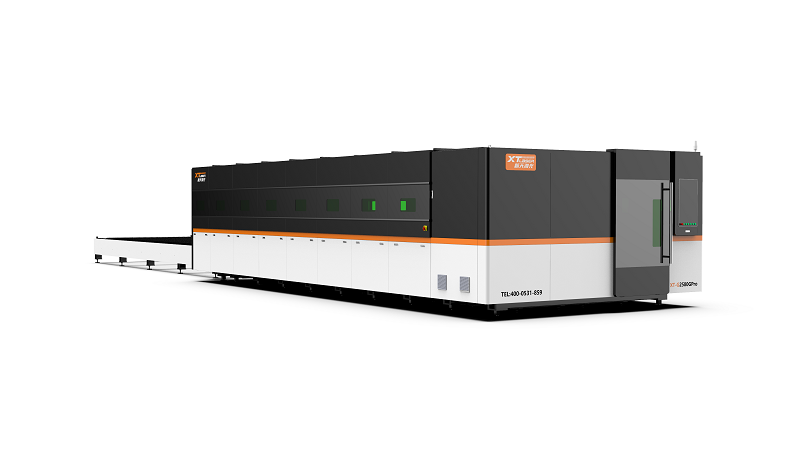How thick can a laser cutting machine cut?
2023-11-23
The maximum thickness a laser cutting machine can cut largely depends on several factors, including the type of laser used, the power of the laser, the material being cut, and the specific capabilities of the machine itself. However, there are general guidelines for different types of lasers used in cutting:
CO2 Laser Cutting Machines:
- Mild Steel: CO2 lasers can typically cut mild steel up to around 1 inch (25 millimeters) thick.
- Stainless Steel: For stainless steel, the cutting thickness can be up to about 0.75 inches (19 millimeters).
- Aluminum: CO2 lasers can cut aluminum up to approximately 0.5 inches (12 millimeters) thick.
Fiber Laser Cutting Machines:
- Mild Steel: Fiber lasers have higher cutting capabilities and can cut mild steel up to 1.5 inches (38 millimeters) thick or even thicker in some cases.
- Stainless Steel: Similar to mild steel, fiber lasers can cut stainless steel up to 1.5 inches (38 millimeters) thick or more.
- Aluminum: Fiber lasers can cut aluminum up to about 1 inch (25 millimeters) thick.
Factors Affecting Cutting Thickness:
1. Laser Power: Higher-powered lasers can generally cut thicker materials more efficiently.
2. Material Type: Different materials have varying responses to laser cutting, influencing the maximum thickness that can be cut.
3. Cutting Speed: Slower cutting speeds might allow for thicker materials to be cut more effectively.
4. Machine Specifications: The specific capabilities and design of the laser cutting machine itself play a role in determining the maximum thickness it can handle.
It's important to note that while these are general guidelines, the actual cutting capabilities can vary based on the specific machine, the quality of the cutting process, the desired precision, and other factors. Manufacturers or service providers of laser cutting machines often provide specifications and guidelines for cutting thicknesses based on the machine's capabilities and the materials being processed.


